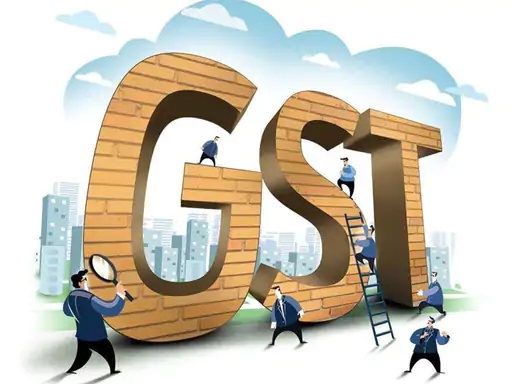
The implementation of e-invoicing under the GST regime signifies India’s commitment to modernizing its tax system and fostering digital inclusivity. This transition not only streamlines financial processes but also redefines transactional compliance for MSMEs, bolstering the nation’s economic backbone. E-invoicing mandates GST-registered businesses to upload B2B invoices on the GSTN portal, ensuring adherence to standardized formats and generating unique identifiers for each transaction.
Government’s Strategic Rollout
The government’s phased approach to e-invoicing rollout demonstrates a pragmatic strategy, allowing businesses, particularly MSMEs, to acclimatize gradually. Starting with larger corporations and gradually encompassing smaller enterprises, this methodical approach ensures smoother adoption and adaptation to technological advancements.
Navigating Challenges, Unlocking Opportunities
While embracing e-invoicing poses challenges like system upgrades and staff training, its benefits are far-reaching. Enhanced cash flow management, improved financial health, and strengthened compliance mechanisms are among the rewards. Drawing from the success stories of Latin American countries, India anticipates similar transformations in credit flows and financial operations.
Future Outlook
With projections estimating over 65 lakh daily invoices post the latest phase implementation, the trajectory indicates a potential lowering of thresholds for inclusion and an extension to B2C transactions in the near future. MSMEs are poised to capitalize on this digital shift, fostering innovation and agility in the market landscape. E-invoicing serves as a cornerstone of India’s digital vision, promising resilience, growth, and efficiency in its economic journey towards India@100.
![]()



